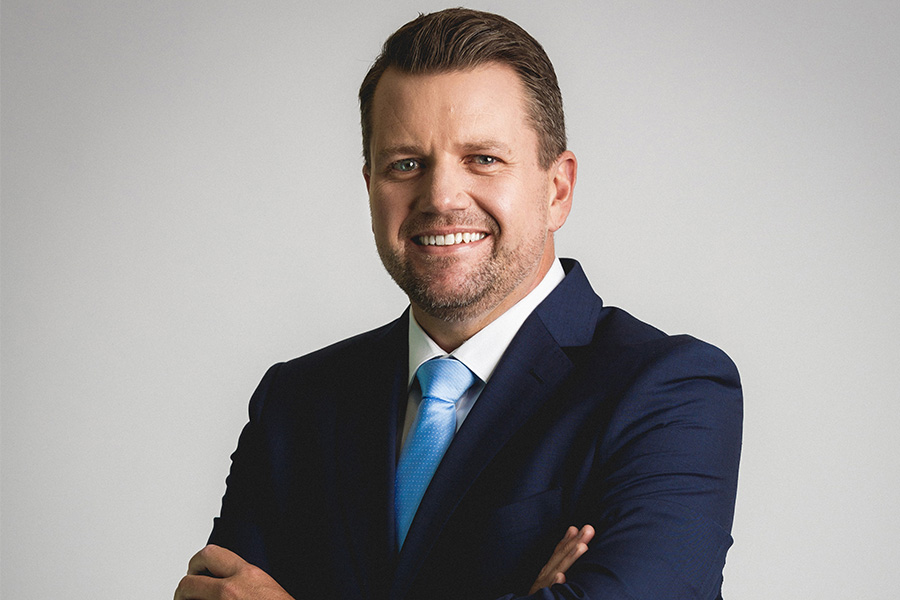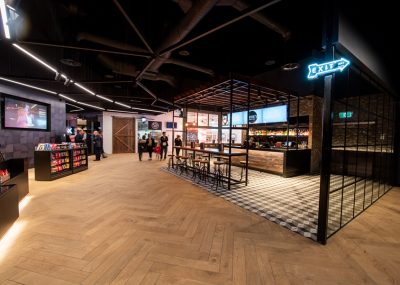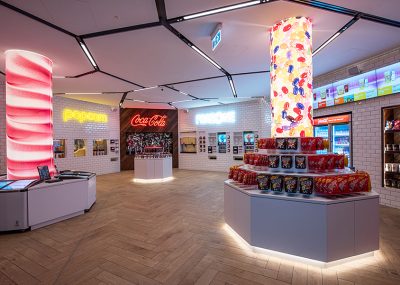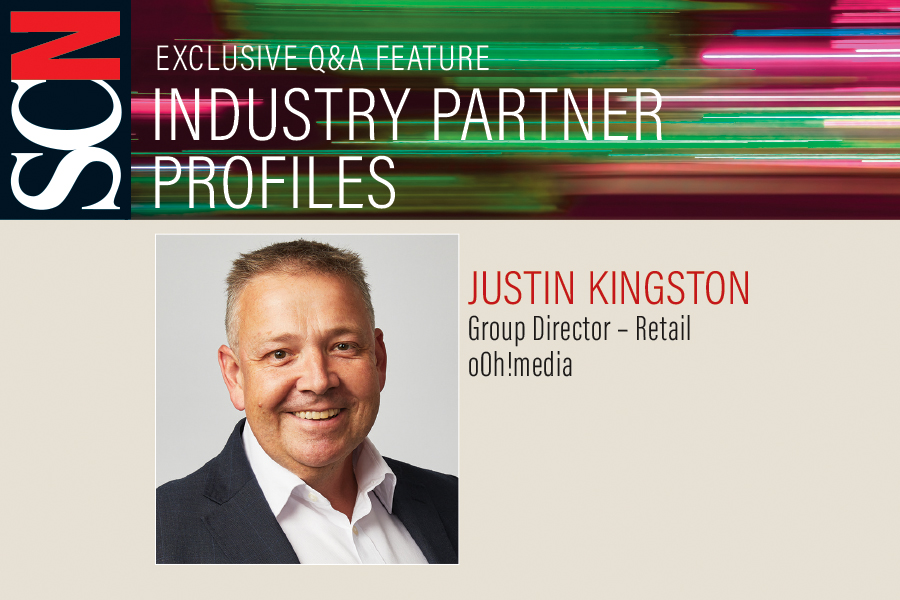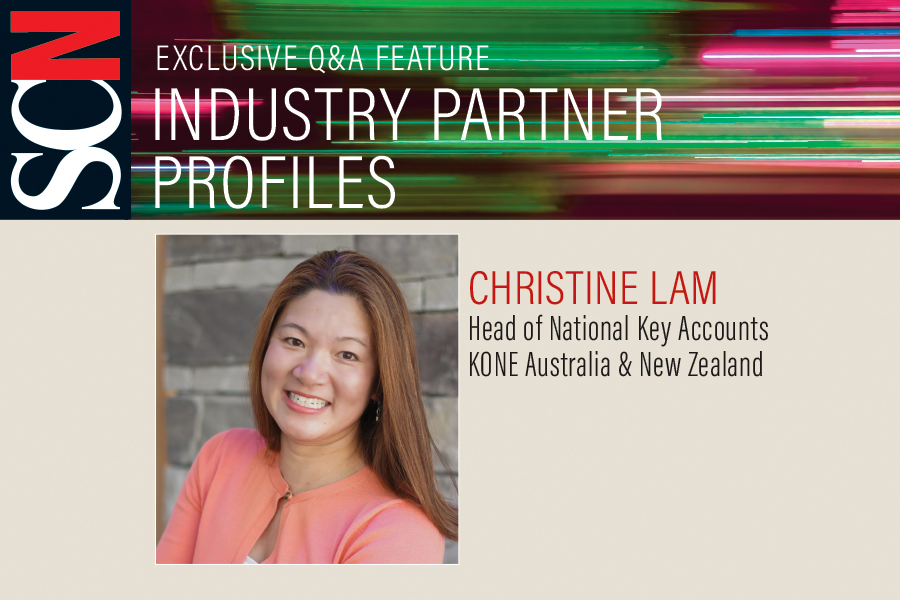At Shopping Centre News we believe retailers are the most important ingredient to create great shopping centres, so we want to profile retailers to our Shopping Centre News audience on a regular basis. Entertainment, an important ingredient to any shopping centre, is an activity that customers simply can’t get online. This week we speak to Tyrone Dodds, General Manager – Property & Development at HOYTS.
Since opening the doors of their first cinema in 1909, HOYTS has gone on to become one the world’s leading entertainment companies – with over 427 screens, and over 60,000 seats, across the network. Today, they’re the largest single-brand movie exhibitor in Australia and New Zealand.
When it comes to the silver screen, HOYTS aims to set the gold standard. The best entertainment experience for customers of all ages. This involves putting their guests at the heart of their offer, and continually investing in innovation. Every year, HOYTS welcomes over 21 million guests through its doors, and, along with AMC, Odeon, Nordic and Wanda Cinemas, form part of the world’s largest cinema group.
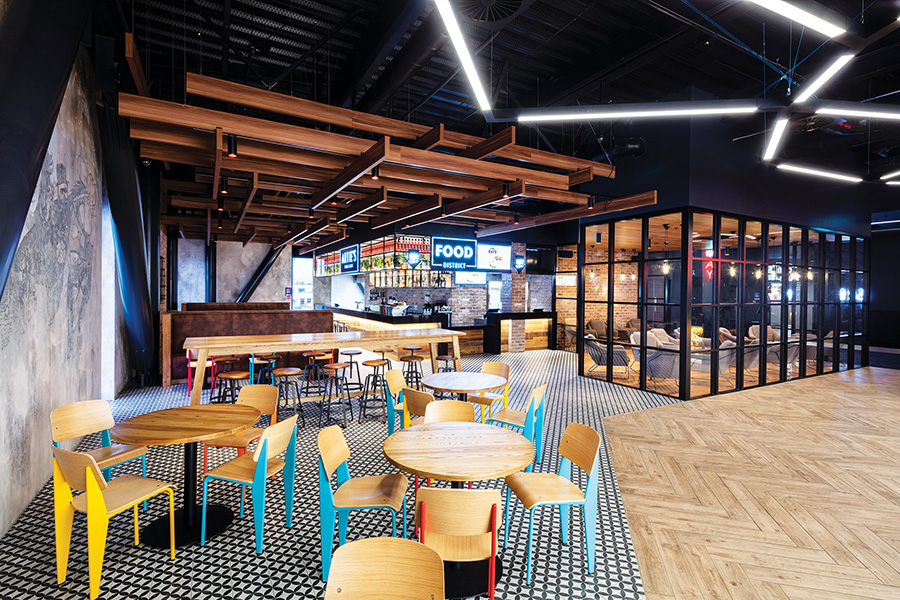
What is your current role and main responsibilities?
I’m the General Manager of Property & Development at HOYTS. As a member of the Executive Leadership Team, I’m in charge of rolling out our HOYTS Recliner and HOYTS LUX strategy. In short, that means getting new cinemas built in the best locations – and upgrading our existing ones. By the end of the year, we’ll have refurbished around 80% of our cinemas (a task that’s taken us just under three years), and will have opened four new cinemas across Australia and New Zealand.
Tell us a little bit about your career
Since graduating from QUT in the mid 90s, I’ve done a lot of different things in development, asset, and property management, finance, acquisitions, sales, and leasing. I spent eight years in the UK in the early 2000s with Land Securities where I became a Member of the Royal Institution of Chartered Surveyors. Returning home, I worked in the retail team at DEXUS before becoming a retailer in 2014.
What makes a successful retailer?
There are certain traits that most successful retailers share. But I also believe in good timing and a little bit of luck. When I think about our business, these are the principles that have shaped our success.
- Having a clear strategy
- Sticking to a simple business model
- Putting the customer first
- Investing in innovative technology
- Having a great store design
- Connecting with your guests
- Continuing to challenge the status quo
What are the biggest challenges facing your industry?
We’re facing similar challenges to the retail industry: disruption, competition and pressure on margins. Netflix and YouTube are changing the way we consume content in a big way. But we’re social creatures and still love the experience of watching a film on the big screen. Cinema remains the number one out-of-home entertainment experience in Australia and globally, and is increasing rapidly in markets such as China and Brazil.
There are also a lot of new cinema builds, which could lead to a 15% increase in screen numbers over the next five years. Combined with widespread discounting, it’s putting significant pressure on our margins. We’re also seeing increased competition and an irrational market, particularly from the second and third tier operators. Looking long term, I’m of the view that this will lead to consolidation in the sector.
How is HOYTS responding to these challenges?
We have a clear vision for our business: to create the cinema of the future and an unforgettable experience for people. And we’re achieving that through design and innovation. In 2015, we reinvented the movie going experience with powered recliner seating. By the end of this year (at over 80% of our locations), our customers will be able to sit back with their feet up and enjoy the latest movies, all for the price of a standard cinema ticket.
Thinking about how we could really change the cinema experience, we looked to other high footfall industries – and found a lot of similarities with airlines. We’re all familiar with scanning a plane ticket from your phone. Now people can do the same thing when they book with us online.
We also developed the kiosk and concierge check in on arrival – a ‘duty free’ style self-service area in Treat City. Artie’s Bar and Café has created a place to catch up with friends before or after a movie. In some of our key locations we also have HOYTS LUX, our premium dine-in cinema experience, designed for luxury over capacity. Manu Feildel has recently come on board as our HOYTS LUX ambassador, designing a gourmet menu with worldly flavours and a modern twist paired with a fantastic wine selection.
- Food and wine on offer
- A total experience
What excites you most about your brand?
Plenty. It’s an exciting time for HOYTS. We’re hungry for success and always have our eyes on tomorrow. Launching HOYTS LUX in 2014 was the biggest innovation in cinema since premium cinema came on the scene in the 1990’s. We’ve renegotiated over two thirds of our leases and opened two new cinemas at Chadstone and Green Hills, with two more this year at the District Docklands and the Entertainment Exchange in Christchurch. Green Hills has boothless in-cinema projection, which reduces development costs for our Landlords without compromising on what we need to offer the modern movie-going experience.
We’ve relaunched our HOYTS Rewards loyalty program and partnered exclusively with Qantas Frequent Flyer – which means you can earn and redeem Qantas Points at HOYTS. We also launched HOYTS XVR, an immersive virtual reality experience, where movie-goers can get out of their seats and step into the world of their favourite movies. And the first dedicated Esports arena at HOYTS Entertainment Quarter.
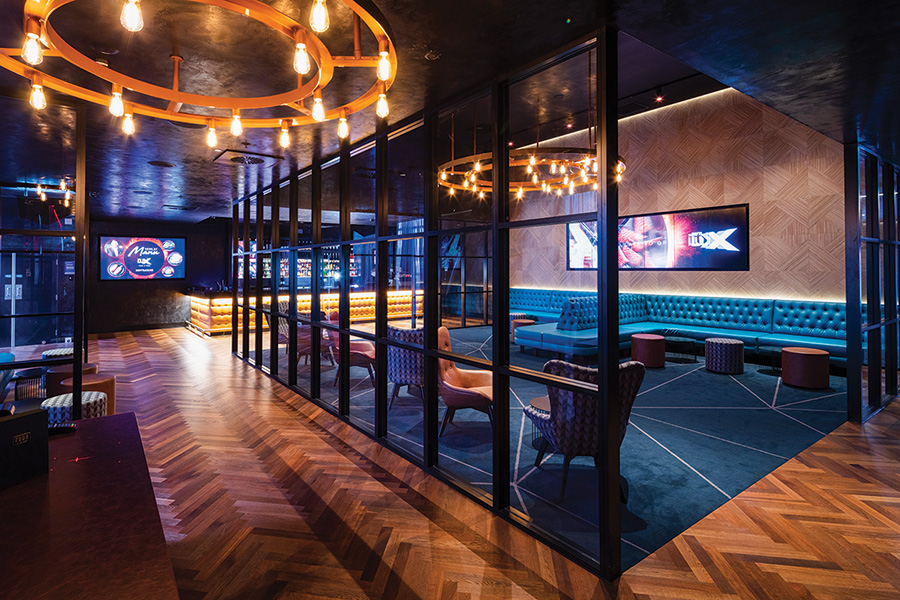
What do you look for when you choose a location to open a new cinema?
For the CBD, we look at locations with good population growth and public transport connections. For inner and outer suburbs, we look at growing populations and investment in infrastructure. Our new Stockland Green Hills cinema is a good example of an area that’s booming.
Which in your opinion is Australia’s most successful shopping centre?
Without a shadow of a doubt, Chadstone. World class architecture and a great mix of retail stores – not to mention our fantastic cinemas, which continue to exceed expectations. HOYTS Chadstone is the highest grossing cinema in Australia and has welcomed over 1.2 million visitors in the last 12 months.
What are the best landlords doing well?
A lot of time and energy is being spent on getting entertainment, dining and parking to work well together. SCentre Group set the benchmark at Westfield Miranda, and now the leading shopping centre landlords are creating better places to shop, play, relax and unwind. Stockland did an excellent job at Wetherill Park and Green Hills. We’re extremely excited about relaunching the new HOYTS at Westfield Carousel and Tea Tree.
AMP Capital’s plans for Booragoon and Karrinyup look amazing too, and we’re working with some ground-breaking developments with Vicinity Centres and DEXUS among others.
What’s your biggest gripe about shopping centres?
All shopping centre operators are looking for ways to increase the amount of time people spend there. For that reason, I’m not a huge fan of paid parking as it discourages people from doing a few different things. A lot of movies these days are two or three hours long. If you want people to stay and have a bite to eat or do some shopping afterwards then there should be a minimum of four hours free parking.
What could the shopping centre industry overall be doing better?
We need to move away from a traditional landlord and tenant relationship to a partnership approach. Ultimately, our success leads to their success. If we have open and honest conversations about our respective business goals, then collectively we can make a deal that meets both.
What do you think will be the most dramatic changes in shopping centres in the next 5-10 years?
To put it simply, they’ll need to be more engaging and step up to meet the rapidly changing needs of customers and retailers. I see shopping centres evolving into tech savvy ‘living’ centres that retain some traditional retail, but have a far greater emphasis on experiential retail. Picture a hyper-local economy where consumers have everything they need – from entertainment, leisure and dining, to healthcare, culture, education, residential and retirement living.


